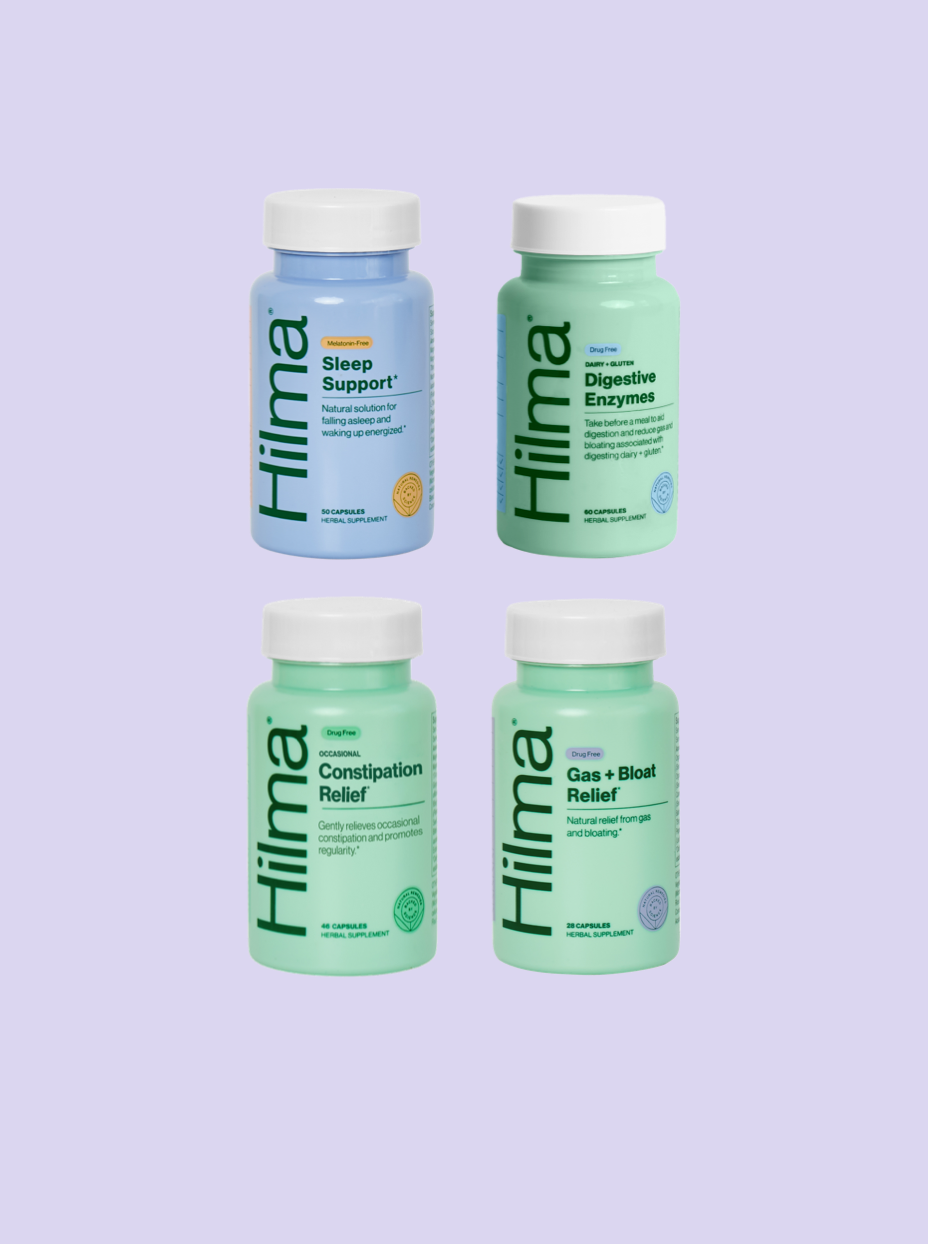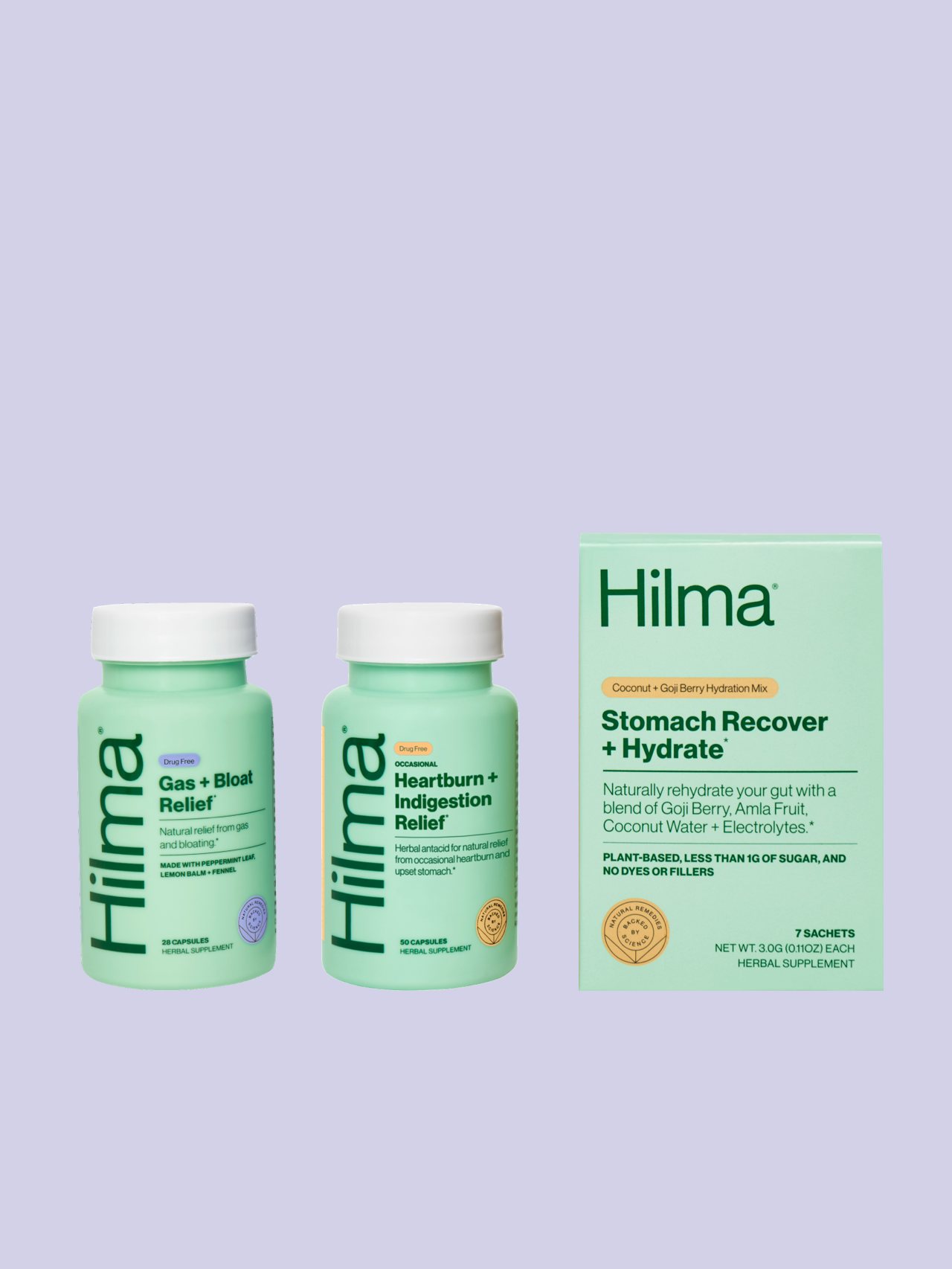
Exercise Isn’t Just for Muscles — It’s for Your Microbiome Too
We’ve been told for years that exercise is essential for a strong heart, toned muscles, and clear skin — but your gut health? That’s a connection most people overlook.
It turns out, your gut microbiome is paying attention to every workout you do. Whether you’re strength training, walking, or flowing through Pilates, your gut bacteria, digestion, and detoxification processes are all impacted in real time — and over time, your workouts can either support or disrupt your gut health.
This isn’t about chasing the “perfect workout” for digestion (spoiler: it doesn’t exist). It’s about understanding the feedback loop between movement, digestion, hormones, and your microbiome — and working with your body, rather than against it.
Let’s break down exactly how to move smarter for your microbiome — from the cellular science to the food on your plate.
Whole-Body Benefits of Exercise (Yes, Including Your Gut)
1. Exercise Optimizes Metabolism — and That Protects Your Gut
Every time you move, your muscles soak up glucose from your bloodstream to fuel the effort. This helps keep your cells insulin sensitive, meaning they need less insulin to manage blood sugar levels.
Why does this matter for gut health? Because blood sugar spikes trigger inflammation, which compromises the gut lining (aka: leaky gut), feeds opportunistic bacteria, and encourages microbial imbalances. Keeping blood sugar steady, especially after meals, supports a more resilient gut barrier and less inflammatory gut environment.
2. Exercise Regulates Cortisol — Protecting Digestion
Exercise is one of the most potent tools for stress management, but only if done appropriately. Gentle movement (walking, Pilates) lowers cortisol, while intense workouts (HIIT, heavy lifting) spike cortisol temporarily.
This is actually healthy — short-term cortisol spikes enhance resilience and boost recovery. But overtraining, especially when paired with under-eating, chronic stress, or poor sleep, can elevate cortisol long-term — which weakens the gut lining, slows digestion, and promotes dysbiosis (microbial imbalance).
This is the gut-brain axis in action — your gut and nervous system talk constantly. The better your stress management (including movement), the happier your digestion.
3. Sweating = Detox Power
Sweat is more than temperature control — it’s an actual detox pathway. Your skin helps clear:
-
Environmental toxins
-
Endotoxins from gut bacteria
-
Excess estrogen
This takes pressure off your liver and gut, which are your body’s primary detox organs. Less backup = smoother digestion and more balanced hormones.
4. Movement Stimulates the Lymphatic System
The lymphatic system — responsible for clearing cellular waste and immune debris — has no internal pump. It relies entirely on muscle contractions and movement to flow.
Without regular movement, lymph stagnates — meaning toxins accumulate and digestion slows down. Every walk, stretch, and strength session helps move the lymph, keeping your gut and immune system in better balance.
5. Exercise Increases Microbial Diversity
Studies show regular exercisers have more diverse gut microbiomes — a gold standard marker of gut health. Microbial diversity makes your gut more resilient to stress, infections, antibiotics, and diet changes.
Even more impressive, exercise increases butyrate-producing bacteria — the species that produce butyrate, a short-chain fatty acid that directly feeds gut lining cells, reduces inflammation, and repairs leaky gut.
Exercise & Regularity: Movement is Your Natural Digestive Aid
Ever noticed your morning walk sparks a bathroom trip? That’s peristalsis — the rhythmic contractions that move food through your intestines — getting a boost from physical activity.
For anyone prone to constipation, daily low-impact movement (walking, rebounding, yoga) can work better than any fiber supplement. Bonus points if you hydrate with minerals, which helps stool retain water and move more easily.
Gut-Smart Habits to Support Your Exercise Routine
1. Hydrate with Minerals
Sweat doesn’t just lose water — it loses electrolytes (sodium, potassium, magnesium). These minerals directly influence gut muscle contractions (aka motility). Replenish after workouts with:
-
Bone broth
-
Mineral water
-
Clean electrolyte powders
2. Avoid Under-Eating or Over-Training
Exercise is a stressor — a healthy one, if you’re properly fed. But if you’re skimping on carbs, calories, or protein, your body shifts into perceived starvation mode, raising cortisol and slowing digestion. This can shut down regularity and weaken your gut barrier.
3. Sleep = Gut Recovery Time
Gut lining repair happens while you sleep, especially in deep stages. Poor sleep disrupts this repair cycle, increases cortisol, and feeds sugar cravings (which harm beneficial bacteria). Prioritize 7-9 hours of high-quality sleep — and consider Hilma’s Sleep Support if stress leaves you wired at night.
4. Pre- and Post-Workout Nutrition (Gut-Friendly Edition)
What you eat around workouts matters — both for muscle repair and digestion.
Pre-Workout: Quick carbs + lean protein (low fat, low fiber) for fast fuel.
Examples: GF oatmeal + a clean, minimal ingredient protein powder, A2 yogurt + banana, brown rice cake + egg whites.
Post-Workout: Protein + carbs + healthy fats to rebuild muscle and gut lining.
Examples: Eggs + avocado toast, chicken + sweet potato, kefir smoothie with berries & tahini.
Skip antioxidant supplements immediately post-workout (Vitamin C, glutathione). These can blunt the beneficial inflammation that triggers muscle repair.
5. Choose Workouts That Suit Your Gut Type
If you’re prone to:
-
Constipation: Daily walking, rebounding, sauna, and light cardio work best.
-
Bloating: Lower-intensity (yoga, Pilates) helps without over-triggering cortisol.
-
Loose stools: Strength training + slower movement helps stabilize the gut-brain axis.
6. Use Movement to Support Detox
Movement = detox support. Exercise helps your liver process waste faster, your lymph move more efficiently, and your gut release excess estrogen and bacterial byproducts. Sauna, dry brushing, and walking after meals? All gut-friendly tools.
7. Focus on Gut-Healing Recovery Meals
After workouts, your gut lining needs as much TLC as your muscles. Build meals that nourish both:
-
Bone broth (collagen + minerals)
-
Berries (antioxidants)
-
Sweet potatoes (fiber + fast carbs)
-
Salmon (omega-3s for anti-inflammatory support)
-
Fermented foods (probiotics)
-
Leafy greens (prebiotics)
Gut health isn’t just about food. It’s about your entire lifestyle ecosystem — including movement, stress, sleep, and recovery.
The goal isn’t to find the perfect workout — it’s to build a movement routine that works with your gut, not against it. When you move, fuel, and recover with your microbiome in mind, you unlock better digestion, balanced hormones, and long-term resilience.



